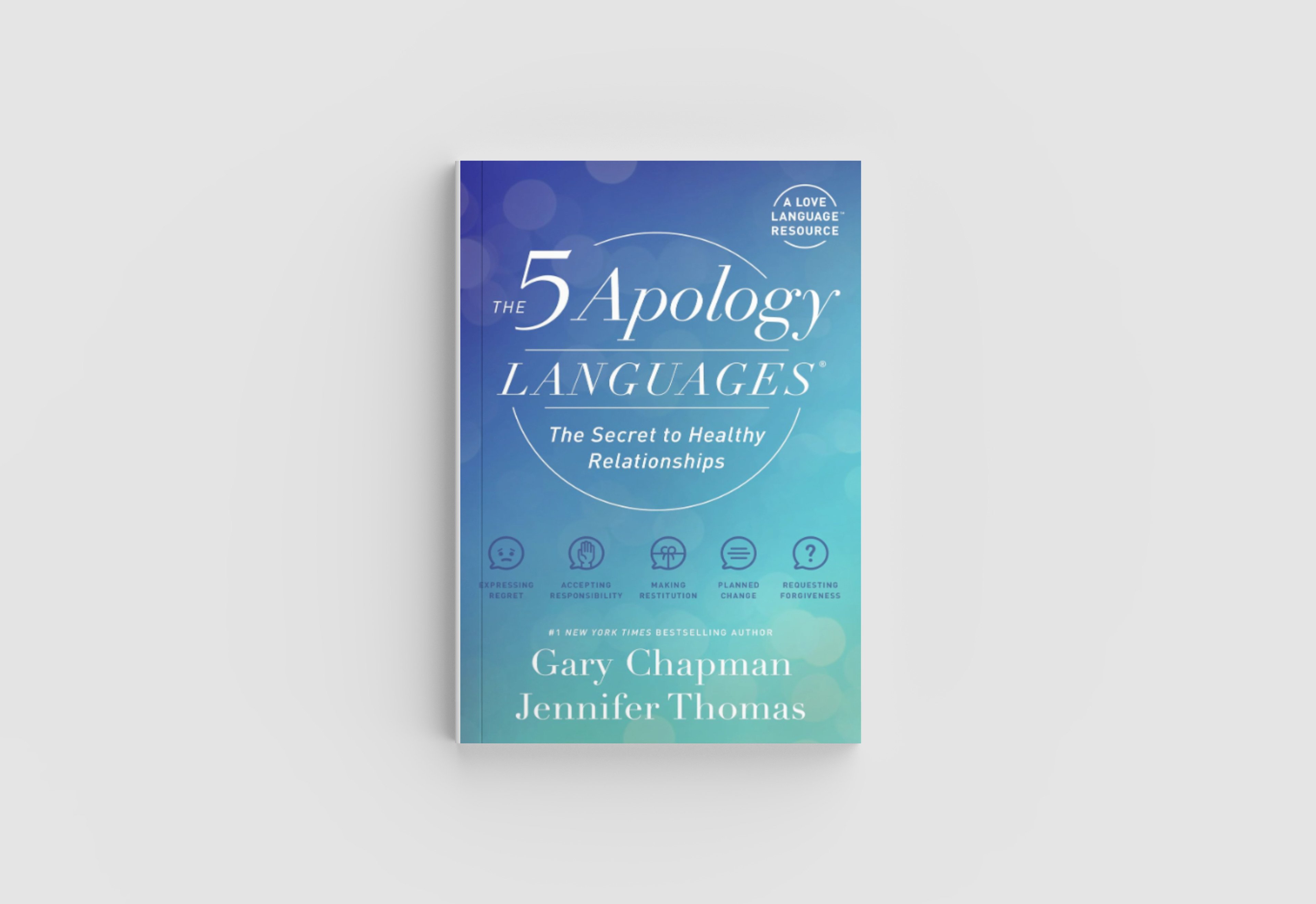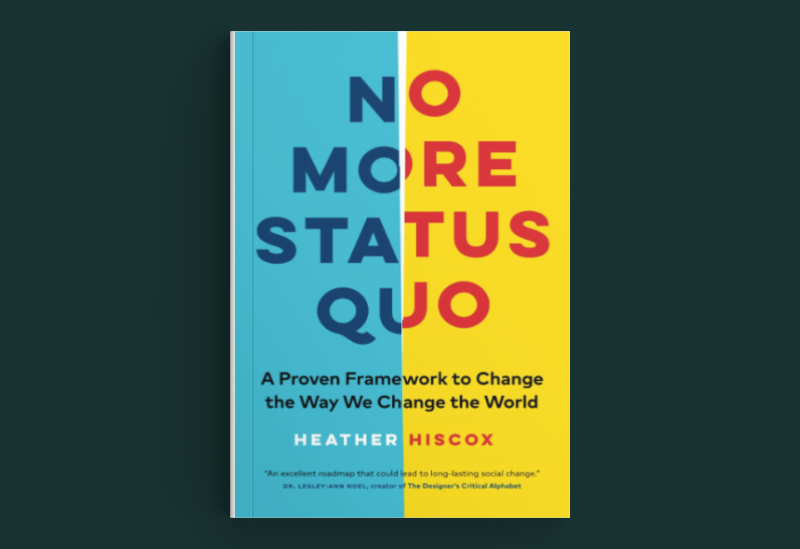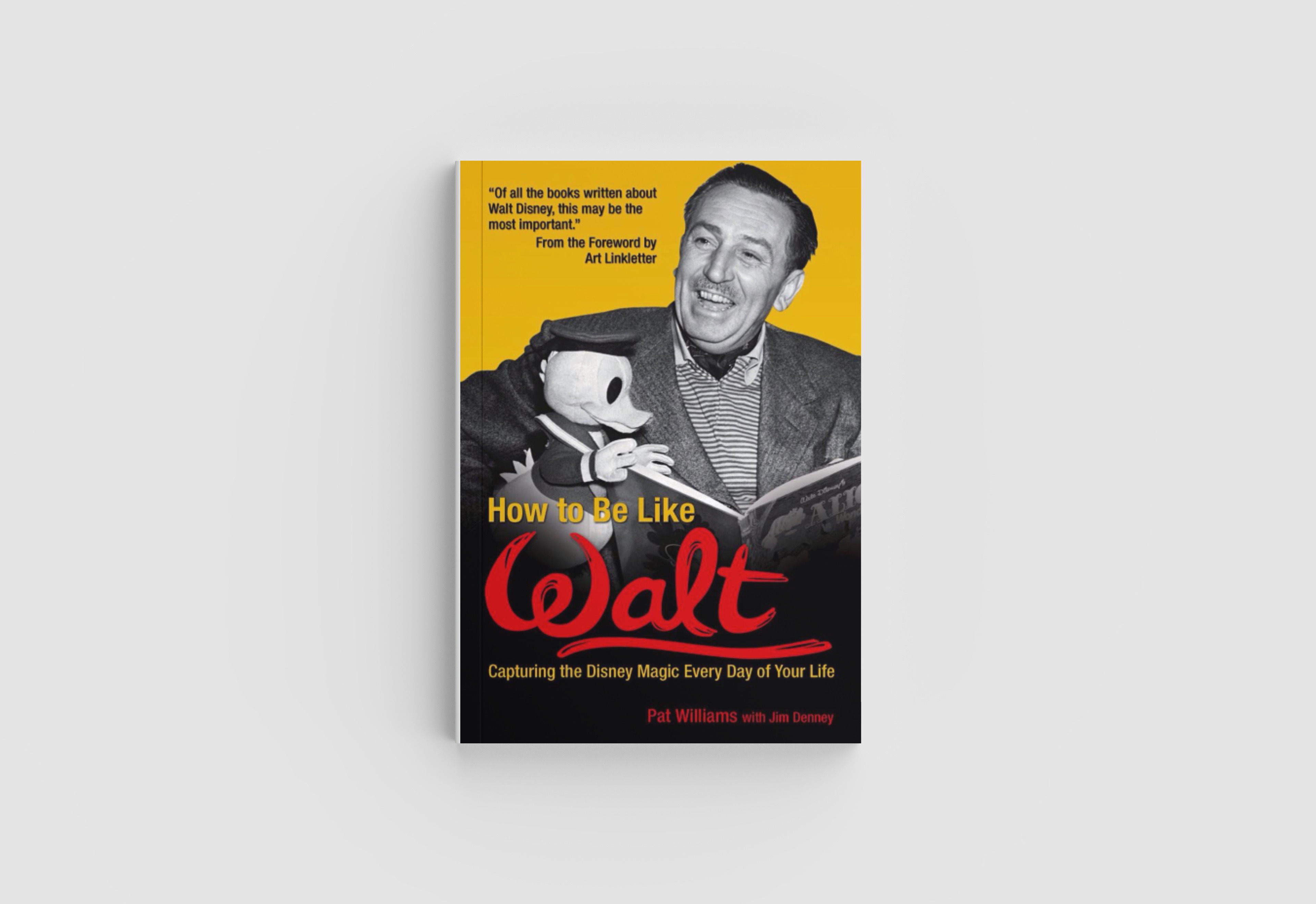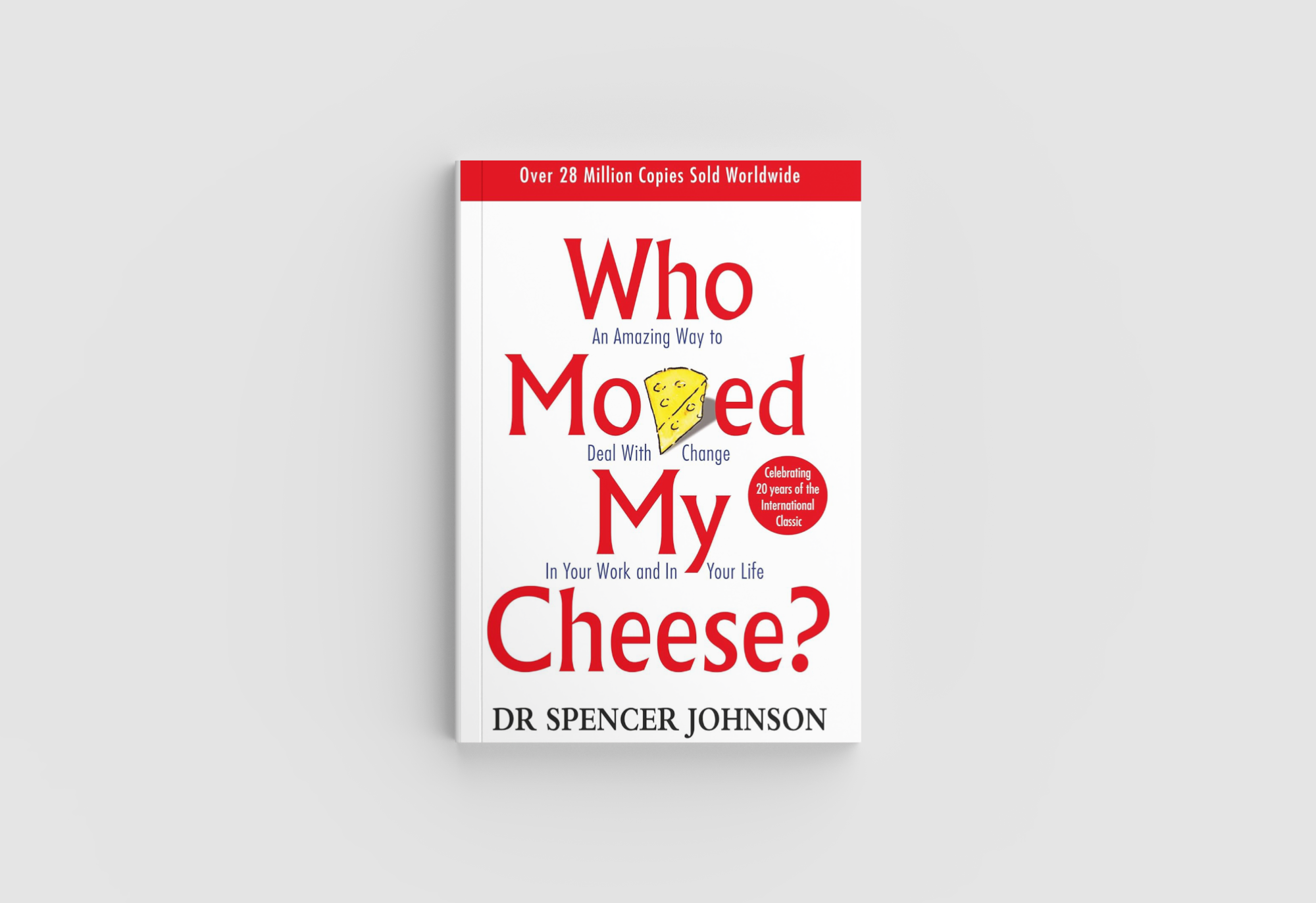Book Bites June 2025: No More Status Quo
This Month's Selection:No More Status Quo – A Proven Framework to Change the Way We Change the World By Heather Hiscox The twenty-fifth in a series...

This Month's Selection
5 Apology Languages, by Gary Chapman and Jennifer Thomas
The fifteenth in a series of Better Impact Book Bites
A taste of great books worth consuming.
Lately, I have seen a lot of posts and articles encouraging people, especially women, to stop over-apologizing for things they aren’t sorry for. I have even seen posts that offer suggestions of phrases to use instead of I’m sorry such as “I regret that you feel that way” etc. Part of me agrees with this thinking. However, I feel like the pendulum may have swung a bit too far to the other side. I now see an uptick in the workplace where people won’t apologize for anything, even when they cause an inconvenience to their coworkers whether big or small. This book sheds light on how both scenarios can be damaging in the workplace and offers guided suggestions to rectify both finding that happy medium when it comes to apologies. Thus, in honor of May 26th being National Apology Day, I thought this book was the perfect choice.
This book is 175 pages, is an easy read and available on audiobook. This is the same author of the book 5 Languages of Appreciation in the Workplace.
Introduction: Why This Is Important – As with anything, you have to get to the root in order to deal with a situation, not just continue to address the symptoms. This brief introduction explains why this topic even matters. In the workplace, effective teamwork is essential for fostering successful teams that can achieve remarkable results. Lack of apologies, or perceived insincere apologies can put a strain on any team and reduce productivity…and no one wants that. As you read through the chapters, you begin to see yourself in one of these apology languages, and understand why you must receive an apology a certain way in order for it to be sincere. Buckle up buttercup, this one may hurt a bit because no one likes to admit they are wrong. However, it may be just what your team needs to move forward. Ouch.
Chapter 1: Righting Wrongs – This chapter discusses why an apology may or may not come on a cellular level. Apologies are often connected to morals and values; and since those differ in coworkers, it makes the apology game a tricky one. It also lays the foundation of understanding that apologies manifest in different ways. Additionally, we learn to recognize not only how, when, and why we apologize is important to us, but learn to identify how, when, and why others are apologizing, especially when it is expressed differently from our own apology language.
Chapter 2: “I’m Sorry” Expressing Regret – This chapter focuses on individuals who require a clear understanding of how the offender's actions relate to the resulting pain in order to perceive an apology as sincere; without this connection, the words "I'm sorry" lack significance.
Chapter 3: “I Was Wrong” Accepting Responsibility - This chapter exposes the old “I’m sorry, but you ….” apology. To these persons, an apology lacking acceptance of responsibility doesn’t feel sincere, because they aren’t confident that the offender actually knows what was done, which leaves room for the behavior to recur.
Chapter 4: “How Can I Make It Right?” Making Restitution – For these souls, it isn’t the acceptance of responsibility that is most important. How the offender rectifies the situation is what matters. For example, a coworker was late, causing you to miss an important meeting which led to losing a valuable client. “Great,” you say to your coworker, “you said you are sorry, but what are you going to do to make up for the dividends forfeited since the client was lost?”
Chapter 5: “I’ll Take Steps To Prevent a Recurrence” Planned Change – For this person, it is the change in behavior that matters most. Continuing with the previous example, this person doesn’t want you to make up for lost dividends. Instead, this person wants you to stop being late to meetings, and provide suggestions on how to display planned change.
Chapter 6: “Can You Find It In Your Heart?” – Requesting Forgiveness – This chapter intrigued me because I have been told forgiveness doesn’t belong in the workplace. I was shocked and stunned at this course of thinking because I couldn’t disagree more. There is a humility that comes with asking for forgiveness from a coworker and frankly it just feels weird. After reading this chapter, you will have a new perspective. You don’t have to agree with it, but just a different way of looking at it.
Chapter 7: How Do You Say You’re Sorry? I love this chapter because it helps you identify your language of apology. After I read this chapter, I was like “huh….isn’t that interesting. I never realized that about myself.” Equally important is its role in identifying the apology language of those around you, thereby facilitating smoother navigation through tense situations.
Chapter 8: What If You Don’t Want to Apologize? – Possibly the best chapter in the book because, who the heck ever WANTS to apologize? It explores why people have trouble apologizing AND (the very reason why I picked up this book) why people apologize too much, even for something they didn’t do wrong. This chapter is apology gold.
Chapter 9: Learning to Forgive – This is possibly the hardest chapter to swallow in the book. It explores why holding a grudge isn’t good for your coworkers, your team and most importantly, why it isn’t good for you.
Chapter 10: Healing Your Family Relationships – This chapter has the least crossover to the workplace as it delves deep into the dynamics of familiar relationships, but I still found it very helpful.
Chapter 11: Choosing to Forgive Yourself – I take it back. THIS is the most difficult chapter in the book to read. I couldn’t even read the suggested script he gave, and I realizedI have a lot of work to do here myself. This one is challenging for me because I hold leadership in high regard, and causing someone else to fail or lose hope weighs heavily on my conscience. However, aren’t we all human? Won’t we all make mistakes? Yes. Learning how to forgive ourselves is crucial to being an effective leader.
Chapter 12: Truly Sorry, Truly Forgiven: Things To Say and Not To Say When Apologizing – I loved this. I never forgot the time when I tried to apologize to someone for my actions at work and their response was shocking to me. I wish I had this list then. I am sure it would have gone a little differently had I read this book first.
This book speaks of some hard truths. I literally felt myself cringe a bit on the inside while reading some chapters because the truth hurts. I encourage you to be open-minded when reading this book. The author bases some chapters on his faith. I encourage you if it doesn’t resonate with you, not to throw out the baby with the bath water. Just chalk it up to a different perspective. This book isn’t for the faint of heart. However, if you want to be a great leader, consider the apology. Sincere apologies and forgiveness in the workplace can cover a multitude of hurt, build trust and result in building teams that can be a force to be reckoned with. Give the apology a try.
Other Related Links
Featured Posts

This Month's Selection:No More Status Quo – A Proven Framework to Change the Way We Change the World By Heather Hiscox The twenty-fifth in a series...

This Month's SelectionHow to Be Like Walt Capturing the Disney MagicEvery Day of Your Life, Pat Williams with Jim DenneyThe eighteenth in a series...

This Month's SelectionWho Moved My Cheese, by Spencer Johnson, M.D.The seventeenth in a series of Better Impact Book BitesA taste of great books...